Three forms of movement expression
Warning: Technical
Context:
A personal need of mine is to be understood. This has always meant speaking clearly. When I have the courage to express myself there is nothing to hide or be ambiguous about. I want to be seen!
It is also applicable for expression through movement. As a choreographer, I want the audience to understand what I am expressing. This means: every movement must have a meaning. As Schiller wrote, to put it simply, there must be a combination of feeling and form for something to be great art. And to find this, there must be clarity.
Concept:
Three forms of physical expression in movement
I am currently fascinated by the three forms of physical expression. They are a classification of how to communicate through the body and movement. The concept / inspiration comes from Jacques Lecoq, but goes a little further in its associations.
It goes as follows:
What is it? Forms of physical expression and communication. It’s how we create and communicate and they are all powerful. In dance we use all three. They give meaning to what is being presented. They are recognisable and comprehensible. They are all open to interpretation.
My thoughts to the three (with some improvised examples):
1. An image
Gestures like a raised fist, or a hug - the images you see. These images, poses, gestures, posters, magazines, Instagram posts all have a clear meaning. There is a feeling associated with each one and the "a picture has 1000 words" conveys the desired message. The images can come one after the other and are the easiest to understand. They can seem performative and yet contain a clear direct message.
2. A story
Actions that when taken in sequence create a narrative. We are very familiar with extracting meaning from these movements. We observe and interact with people every day and perform these movements as a natural part of life. They are recognisable, traceable and assignable. In a dance context, they can be exaggerated or subtile and still have a clear meaning. The actions themselves have less of a direct message. Observation is necessary to connect the movements. This is relatively easy as humans love to construct stories to events and attach meaning to them. What is happening? What is this person doing? Actions tell you the story of what is happening to the person in front of you.
3. A monologue
Movement in which feelings and emotions are recognisable, the form is less clear. Abstraction - to take away (clarity). Modern dance uses this form the most. It is the expression of a feeling in movement as an insight into someone’s state of being. A moment where time stands still. This relies heavily on the dynamic of the movement to create the feeling. As it is abstract, the meaning of the movement is often open to interpretation. This engages the imagination of the viewer to make sense of what is being presented and can connect with personal experience of this feeling. This type of movement is a way of exploring and expressing depth.
Dance uses all 3 forms interchangeably with the tendency to use abstraction the most. This change can happen within seconds or over longer phrases of movement.
When you watch a dance piece, how many of these forms do you recognise? When and for what purpose are they being used?

